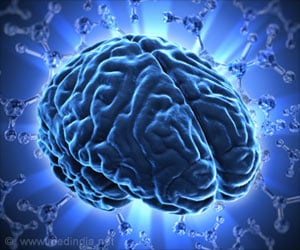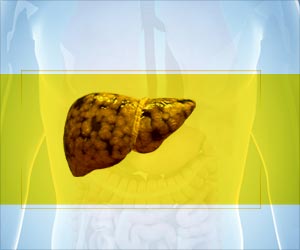Small autistic boys may have less complicated structural changes in the right cerebellar cortex of the brain, finds a new study.

‘These small structural differences between normal kids and kids with autism may help us increase our understanding of such individuals with Autism Spectrum Disorder (ASD)’





The cerebellum--which means 'little brain' in Latin--constitutes only 10 percent of the brain's total volume, though it contains 80 percent of all neurons in the human brain. It was once thought that this irregularly shaped structure of the brain primarily governed motor function, but recent studies suggest that it also plays an important role in implicit learning (extracting the underlying rules without explicit instruction) as well as sensory and cognitive function.Most brain imaging studies in autism focus on the cerebrum, which is larger than the cerebellum despite having fewer neurons. That's partly a function of the unique, irregular shape of the cerebellum, which is difficult to analyze with conventional imaging techniques. "Imagine looking at only 20 percent of the brain's neurons and attempting to paint a comprehensive picture of atypical development in humans based on such limited knowledge," says Kristina Denisova, PhD, senior author of the study and assistant professor of clinical neurobiology (in psychiatry) at the Columbia University Vagelos College of Physicians and Surgeons.
To examine this structurally complex brain region, the researchers applied high-resolution 3D fractal analysis to MRI data to estimate fractal dimension--a measure of structural complexity--of the outer layer of the cerebellum in 20 boys with autism ages 6 to 12 years and 18 age-matched controls with similar verbal skills and cerebellar volume.
They found that the boys with autism had significantly lower fractal dimension--indicating a flatter surface structure--in the right cerebellar cortex compared with the controls. Because the right side of the cerebellum supports language processing in typically developing individuals, this finding suggests that having a flatter cerebellar surface may be related to communication difficulties in those with autism.
In previous studies, atypical features in the cerebellum were associated with autism, but the findings were inconsistent. "Our brain imaging study is the first to look at the structure of the cerebellum while controlling for volume and other potentially confounding variables," says Guihu Zhao, Ph.D., a postdoctoral fellow in the department of psychiatry at Columbia University Irving Medical Center and first author of the paper.
Advertisement
"Our findings suggest we may need to rethink the role of cerebellar function and structure in young individuals at risk for atypical brain development," says Dr. Denisova. "Early life differences in perception, including timing (i.e., concerning atypical detection of pauses in conversation or atypical coordination of inputs from different modalities), could shape cerebellar development and account for the current structural findings in boys with autism."
Advertisement
Source-Eurekalert















